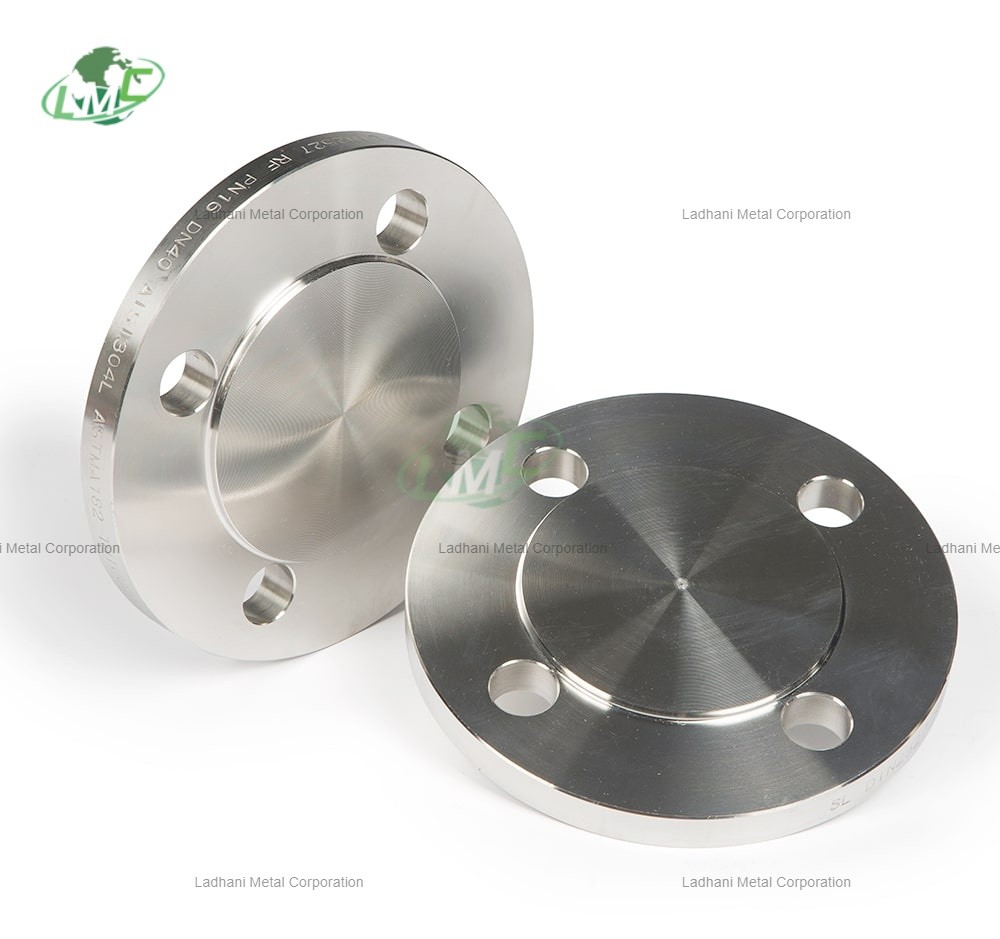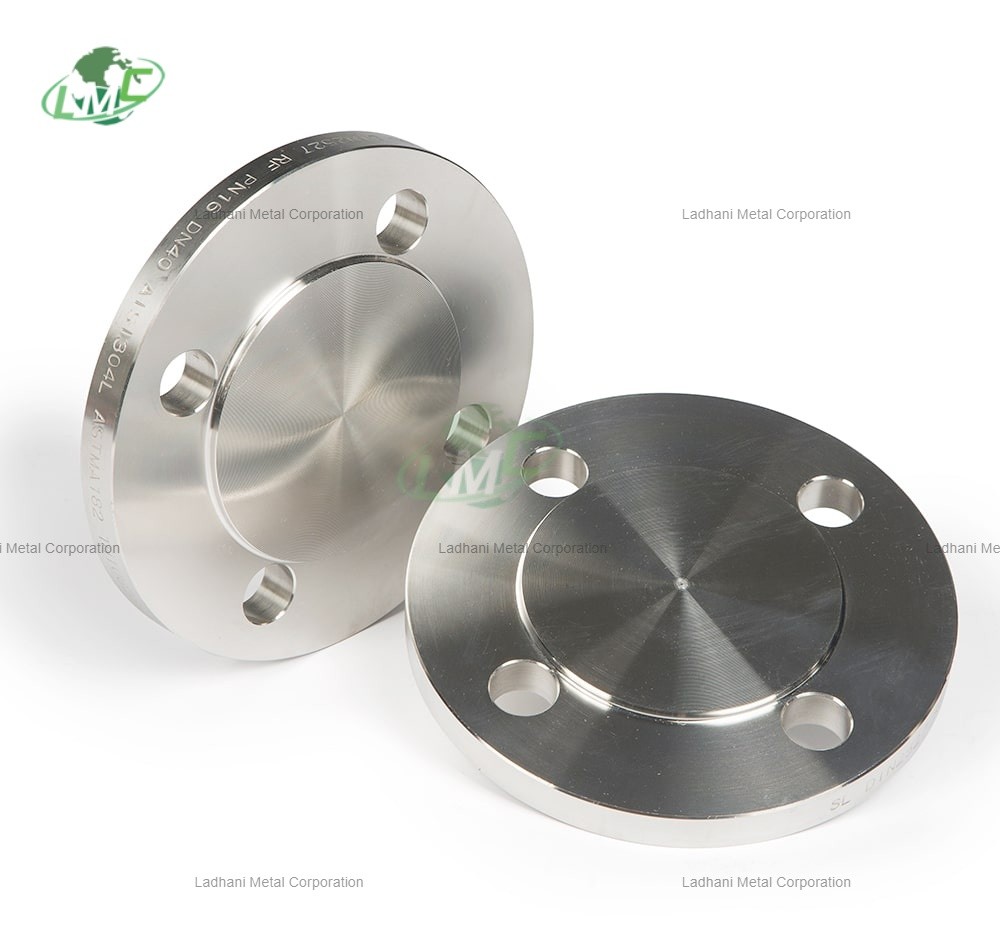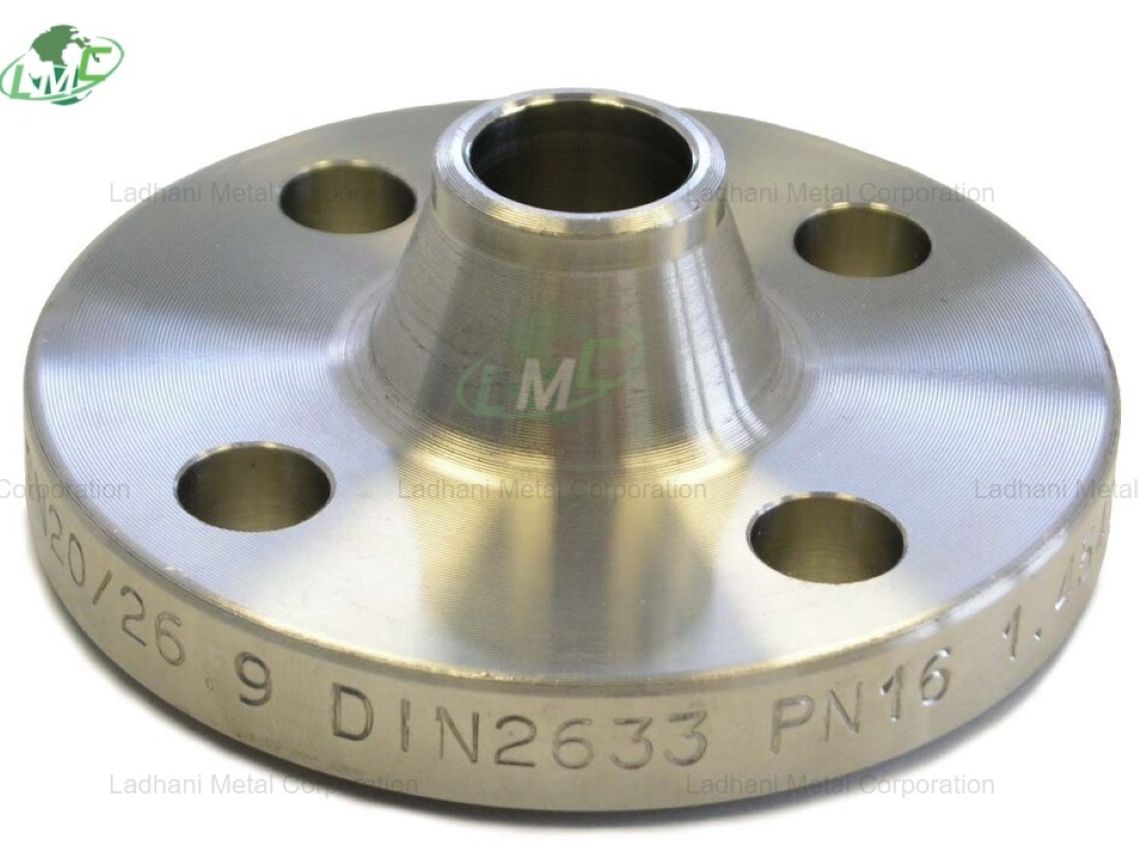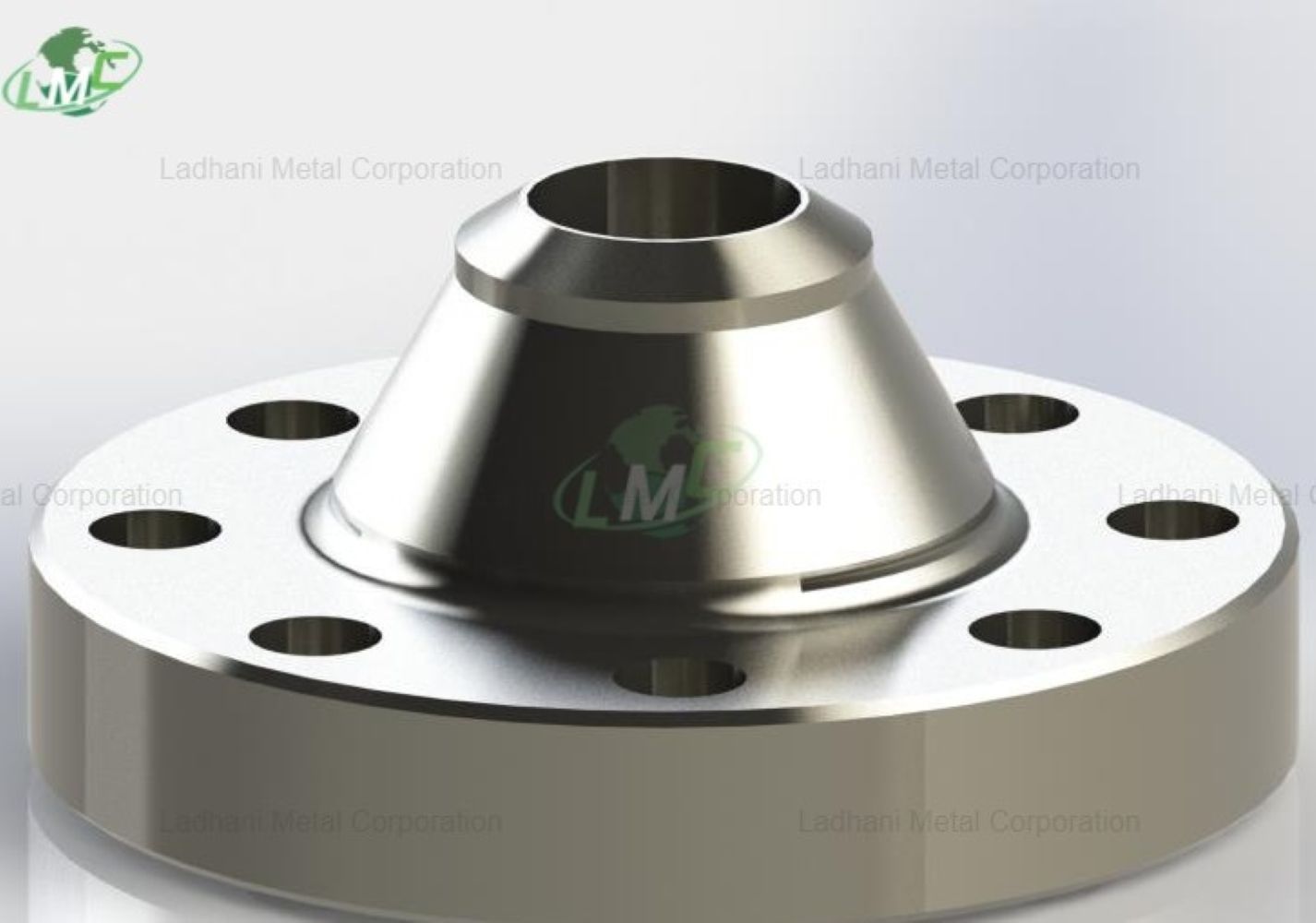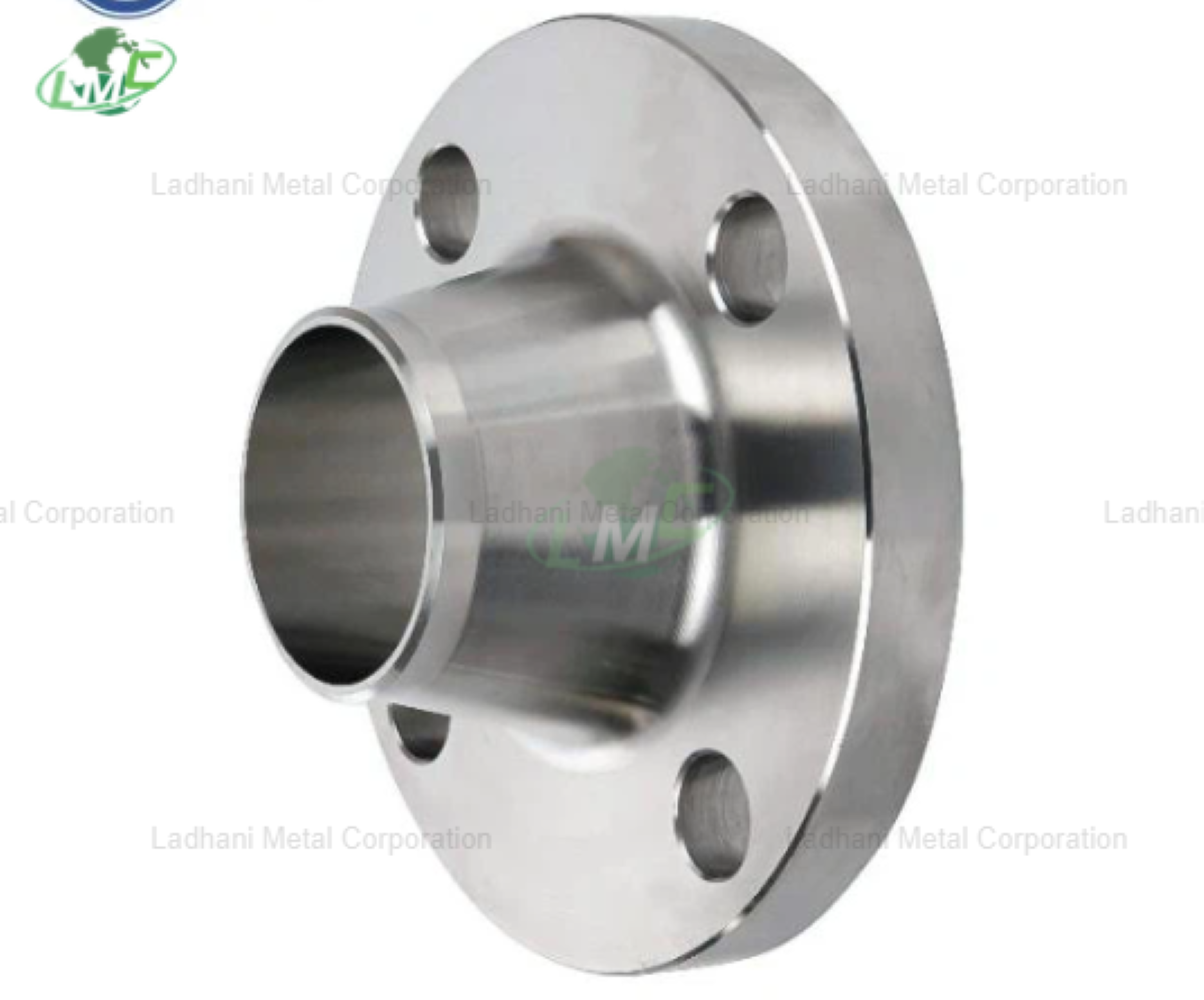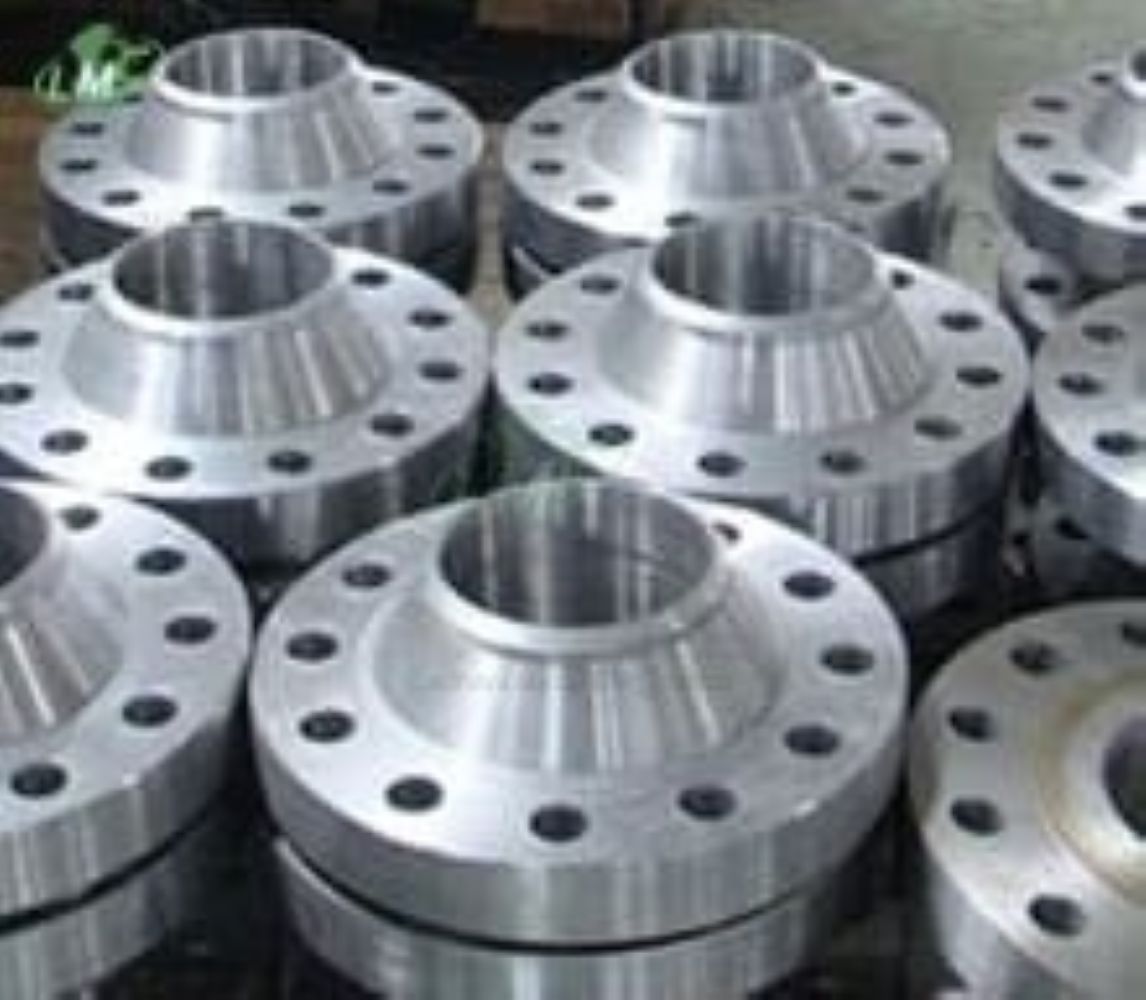DIN 2544 is a standard used in Germany for the design, dimensions, and testing of stainless steel flanges. These flanges are used to connect pipes, valves, pumps, and other equipment to form a piping system. The DIN 2544 standard applies to welded flanges, specifically for high-pressure and temperature applications. Key Features of DIN 2544 Stainless Steel Flanges: Material: The flanges are primarily made from stainless steel, known for its high corrosion resistance, durability, and resistance to high temperatures. This makes them ideal for use in chemical, petrochemical, power generation, and food industries. Function: These flanges provide strong mechanical connections for piping systems. They allow easy disconnection for maintenance and cleaning. Pressure Rating: The pressure class of DIN 2544 flanges is typically PN 25 (pressure nominal 25 bar), meaning they are rated for a maximum working pressure of 25 bar (about 362 psi) at specific temperature conditions. Design: The flanges are designed to withstand high pressure, typically with a thicker body and reinforced sections. They feature a bolt circle diameter that fits the corresponding flange, allowing secure bolted connections. Face Type: Most DIN 2544 flanges come with a flat face, though raised face designs may also be available. Types of DIN 2544 Stainless Steel Flanges: Weld Neck Flanges: These are the most common type, where the flange is welded to the pipe. The neck is long, which makes the connection strong and able to handle high pressure. Slip-On Flanges: These flanges slide over the pipe and are then welded in place. They are commonly used in systems with lower pressure ratings. Blind Flanges: Used to seal the ends of piping systems, they do not have a hole in the center. They are typically used for maintenance and isolation purposes. Threaded Flanges: These flanges have threads on the inner surface, allowing them to be screwed directly onto a threaded pipe. They are used where welding is not possible. Socket Weld Flanges: These flanges have a socket in which the pipe is inserted and then welded in place. They are used in small-diameter piping systems. DIN 2544 Stainless Steel Flanges grades : Grade 304 (1.4301): Composition: 18% Cr, 8% Ni. Properties: Excellent corrosion resistance, good strength, easy to weld, and temperature resistance up to 870°C. Grade 316 (1.4401): Composition: 16-18% Cr, 10-14% Ni, 2-3% Mo. Properties: Superior corrosion resistance, especially against chlorides, and temperature resistance up to 870°C. Grade 321 (1.4541): Composition: 17-19% Cr, 9-12% Ni, Ti (Titanium stabilizer). Properties: Excellent resistance to high temperatures (up to 870°C) and intergranular corrosion, especially in welds. Pressure Rating (PN 25): PN 25 refers to the nominal pressure rating of the flange, which indicates that the flange can handle a maximum pressure of 25 bar (362 psi) at ambient temperature conditions. This pressure class is ideal for medium to high-pressure applications, typically used in systems such as: Steam pipelines Water treatment facilities Petrochemical industries Summary: DIN 2544 stainless steel flanges are reliable components in high-pressure systems.They are essential in industries requiring secure and durable piping systems. #din2544 #din2544ssflanges #ssflanges #stainlesssteelflanges
Send Message

